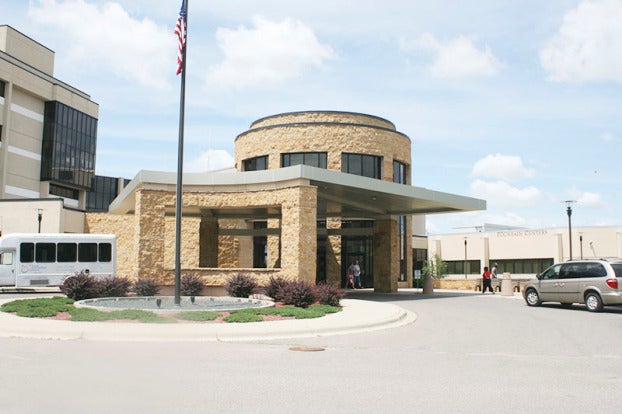New therapy drug that decreases need for hospitalizations, emergency visits arrives in Minnesota
Published 8:00 pm Tuesday, November 17, 2020
|
Getting your Trinity Audio player ready...
|
A new type of therapy drug that has been shown to decrease the need for hospitalizations and emergency department visits in COVID-19 patients is now available in Minnesota, according to a press release.
The U.S. Department of Health and Human Services has started distribution of bamlanivimab, a new drug for treating mild and moderate COVID-19 cases in Minnesota. HHS secured a limited supply of the antibody treatment and is expected to continue weekly shipments to health care facilities at least through the end of 2020.
Bamlanivimab is an investigational monoclonal antibody therapy for use only in people who are at high risk for severe disease, but who are not currently hospitalized with COVID-19 and do not require oxygen therapy due to COVID-19. It received Emergency Use Authorization by the Food and Drug Administration on Nov. 9, 2020. The treatment is time sensitive and must be given as soon as possible after a positive result and within 10 days of developing symptoms.
Minnesota is expected to receive 2,400 doses in the initial shipment. HHS plans to distribute 300,000 doses nationally by the end of the year. Due to limited supplies, MDH and its medical and public health partners have worked with medical ethicists around the state to develop a framework for health care providers to make decisions about who should get the treatment. Only children and adults who are at high risk for severe disease will be eligible, and those conditions are listed in the Food and Drug Administration’s emergency use authorization, which is posted on the MDH website.
In clinical trial studying bamlanivimab in adult patients with mild to moderate COVID-19 who were not hospitalized, the treatment was shown to decrease the need for hospitalizations and emergency department visits and to decrease the amount of virus as measured in the patient through molecular testing of the upper respiratory tract. The most commonly reported side effects in clinical studies have been nausea, diarrhea, dizziness, headache, itching and vomiting in between 2 percent and 4 percent of people. Serious reactions such as allergic reactions or infusion reactions have occurred but are uncommon. Clinical studies are ongoing and not all side effects may be known at this time.
More information, including a list of frequently asked questions about bamlanivimab in Minnesota can be found on the MDH Therapeutic Options for COVID-19 Patients webpage.
Additional information, including provider fact sheets, can be found on the Eli Lilly Bamlanivimab for COVID-19 webpage.
“To be able to use this treatment, people should get tested as soon as possible if they become ill and reach out to their health care provider quickly if they receive a positive test,” said Dr. Ruth Lynfield, state epidemiologist and medical director for the Minnesota Department of Health. “Supplies will be limited at this point, but this therapy provides an additional option to help limit the impacts of this serious disease.”



